Galicia: I’m resigned to the fact that I’m a wee bit obsessed with the place. I’ve just returned from my second visit. It was whirlwind tour of only three days, into which we managed to pack visits to wineries in three sub-regions; enjoy a smorgasbord of absolutely incredible dining; taste not a little Albariño; and more.
A Celtic tradition
One of the reasons I have a soft spot for Galicia is its (still hotly debated) ‘Celtic connection.’ My initial introduction to the region in general and to Rias Baixas in particular happened at one of the earlier Vancouver Playhouse International Wine Festivals. Tasting in the Spanish aisle, I noticed a striking, red headed woman, who was pouring for Martin Codax. I discovered that despite her fair skin and green eyes (she could well have been Irish or Scottish) she was, in fact, Spanish speaking—from the winery in Galicia.
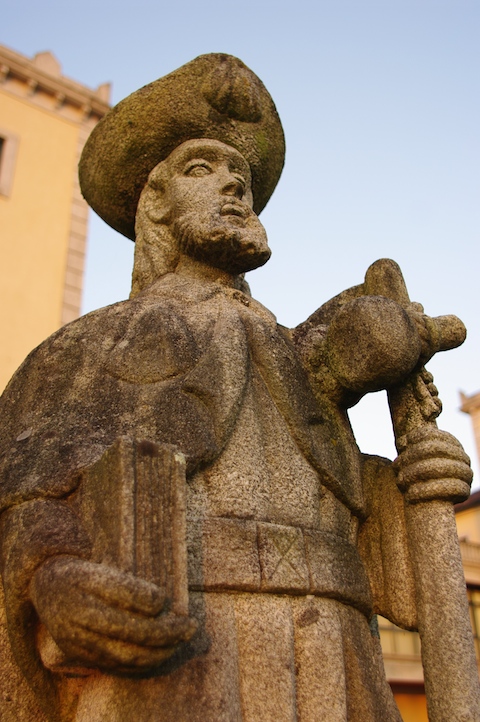
One of Galicia’s most celebrated home-town lads, Christopher Columbus ( at Bodegas La Val). A few people think the Celts might have even beaten him to America…
During my childhood I spent a fair bit of time in Cornwall, in the southwest of England. When I visited Galicia for the first time, about a decade ago, I was struck by a number of similarities that reminded me of Cornwall. They ranged from gaelic crosses in village squares, to buildings of granite and stone, the craggy, oceanic shores and even the music played. There have been several instances over time where the peoples connected. In fact one legend suggests that it was Galicians who populated Ireland—or vice-versa. And as you can see, the debate on who settled when and where continues to this day.
This windswept, northwest tip of Spain (immediately to the north of Portugal) is like no other wine region—perhaps anywhere in the world. Even in immensely diverse Spain, its culture offers a distinct contrast, being rooted in a bronze age tradition that dates back to pre-Roman times, and later, when the Celtic peoples settled much of northern Europe, from Scotland south to the Iberian peninsular.
The local language, Galego, is spoken by much of the population. Glancing at the written form you might see a resemblance to Gaelic—which is thought to have been spoken here as long ago as the 14th century and earlier.
If you were to chart a course due south of Cornwall’s Lizard Peninsular, chances are you’d wind up (hopefully in one piece, although a lot of ships didn’t) somewhere on the Galicean coast.
Galicia: seafood and Albariño
Here’s more of what I wrote for last week’s North Shore News…
At Area Grande, a sunny restaurant overlooking the rugged, windswept, rocky coastline not that far south from notoriously stormy Cape Finisterre, you can find some of the best seafood anywhere (even for Galicia), paired with wines from the region, known as Rias Baixas.
I discovered, yet once more, just how well Albariño—Galicia’s own variety—truly shines with local specialities, from brill and turbot to razor clams, swimming scallops, octopus and more, all stupendously fresh and simply prepared to honour the wealth of flavours.
One wine on the table that shone with just about every one of these dishes was Terras Gauda Abadia San Campio 2013, a “workhorse” of an Albariño, that yields refreshing, vibrant orchard fruits with well balanced acidity and a crisp, clean finish. 89+ pts.
Spain is more widely known for its red wines and Cava than its white table wines. However, Galicia’s Albariño holds the white crown. The variety, which makes up well over 90% of Rias Baixas’ production, enjoys a range of styles that can incorporate tropical, floral and citrus notes. But, especially when grown close to the coast, it often shows a distinctive and intriguing streak of salinity and mineral undertones—which make it more than a perfect match for such fresh oceanic fare.
Concrete Rules
Rarely is wood used in the Rias Baixas vineyards, as the weather and marine influence are just too damp.
While most Albariño is 100 percent varietal, the warmer O Rosal region (just across the Minho River from Portugal) is seeing limited plantings of several other varieties, offering winemakers the opportunity to produce more varied and often quite complex blends.
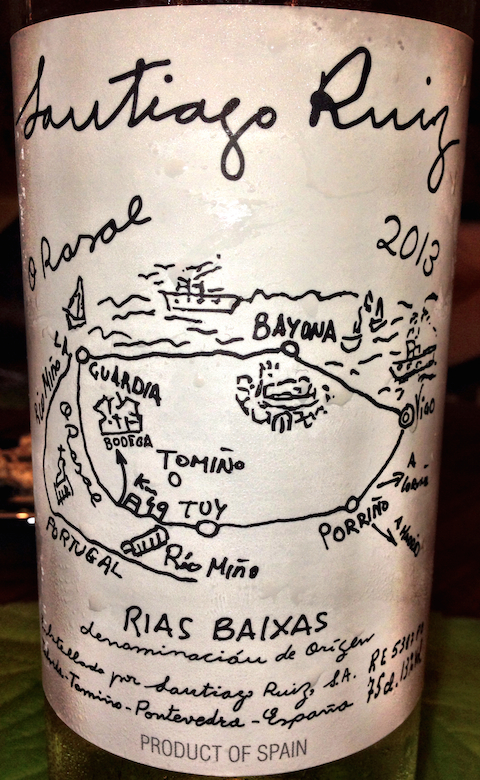
Santiago Ruiz makes just one wine and still uses the same label its founder designed for the very first bottle: a map to his daughter’s wedding
“We have the happiest mildew in the world,” jokes Luisa Freire, a native of the region and winemaker at Santiago Ruiz. Her Santiago Ruiz 2013 (O Rosal) is a beautifully balanced, aromatic, pear, citrus and mineral toned blend of Albariño (70%), Loureiro, Caiño Blanco, Treixadura and Godello. 90 pts. The winery (its founder is hailed as ‘The Father of Albariño”) is steeped in tradition. I’ll try to devote a separate post to it soon…
Although Freire’s vineyards employ a modern trellis system (just like you’d see in the Okanagan), most Riax Baixas vines have traditionally been grown high off the ground, on canopies known as pergolas, supported by massive, granite concrete upright pillars. The canopy creates a sort of wind tunnel that reduces the risk of fungus. However there is a discussion ongoing as to which works best, pergola or ‘conventional’ trellising—more on that later.
At nearby Terras Gauda, also in O Rosal, winemaker Emilio Rodríguez Canas has been planting Caíño blanco and he now grows 90 percent of the Caíño in the D.O. He says the variety adds length and texture, and is great for bringing out the terroir. His O’ Rosal 2013 blend combines Albariño (70%) with Caiño Blanco (15%, and Loureiro (15%) The result is a vibrant, juicy wine with lingering acidity and distinct mineral notes, with orange and gently saline hints. 91 pts. (At Marquis Wine Cellars)
Emilio loves working with Caiño. It’s easy to see why. His Terras Gauda La Mar (The Sea) 2011 is made mainly with Caiño Blanco (85%) plus Albariño (10%) and Lourero (5%). It sports upfront tropical notes such as mango and pineapple, plus a hint of herbs and lemon verbena, with a definite mineral undertone. The mouth feel is generous, viscous but sleek, with a lingering close. In a way it reminds me of good Semillon or Marsanne—and my guess is it has a few years to go yet. I’d love to try it with fresh halibut. 92 pts.
Not too many people use oak with Albariño. Besides, it really doesn’t need it—although, increasingly, there are exceptions. Bodegas La Val Fermentado en Barrica, 2011 (Albariño 100%) is fermented in three to five year old French oak (Alliers), lees stirred and barrel aged for 6 months. The result is vanilla, toasty, citrus notes up front, with a creamy but well structured palate and a good balance of fruit and wood. 91 pts.
So, what about BC?
You won’t find a lot of Albariño on local (BC) shelves yet, although if you’re in Quebec the SAQ has close to 20. However, the number is growing—which is a good thing, as Albariño is truly the perfect partner to BC seafood… In fact, I plan to try to recreate Galicia’s Polbo á feira, using BC octopus. Stay tuned!
In the meantime, here’s a couple of Albariño which you can hunt down in BC:
- Vionta Albariño 2013. Owned by Friexenet Group, here’s a good example of the variety that’s widely available. Look for a slightly yeasty, melon and tropical notes, followed by a lively, fruit-driven palate with good acidity and a little zest in the finish. BCLS $26.99, 89 pts.
- Albariño de Fefiñanes 2013. Distinctly mineral, with up-front stone fruits, floral notes and apple and pear hints. Very crisp and clean in the mouth with complex mineral and shiste notes through a lengthy but crisp and clean finish. 91 pts. Private Wine Stores, including Marquis Wines Cellars (2012), $31.90
Much more on Albariño shortly …
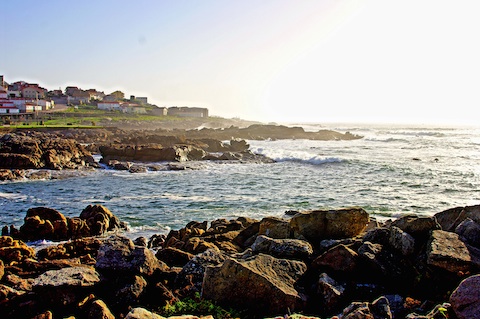
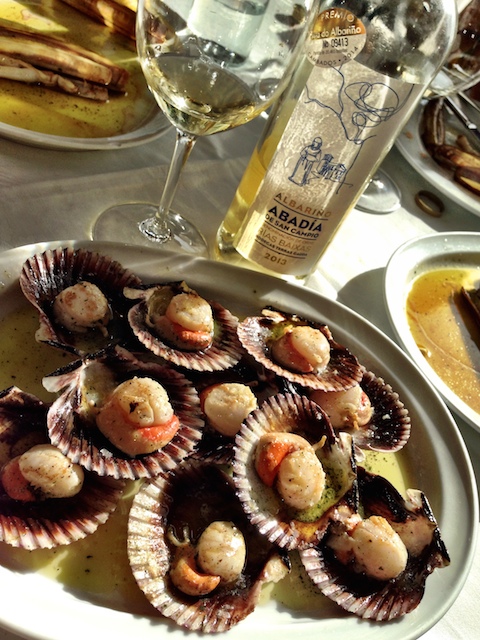
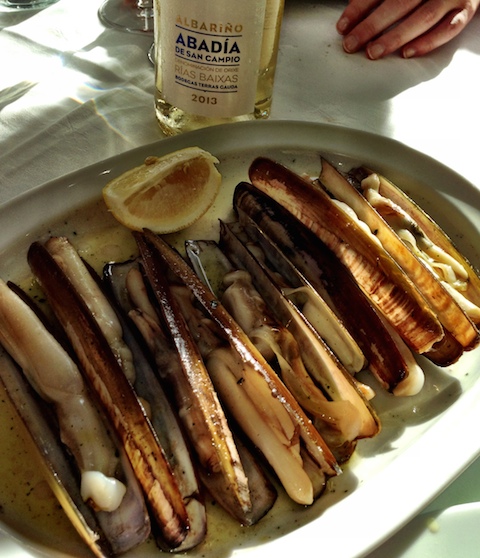
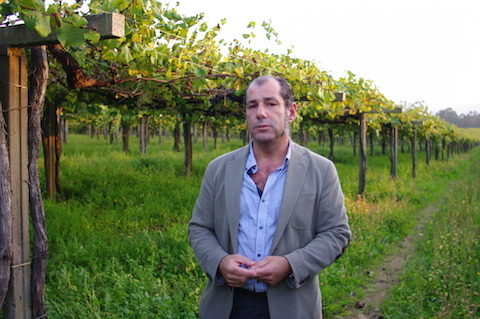
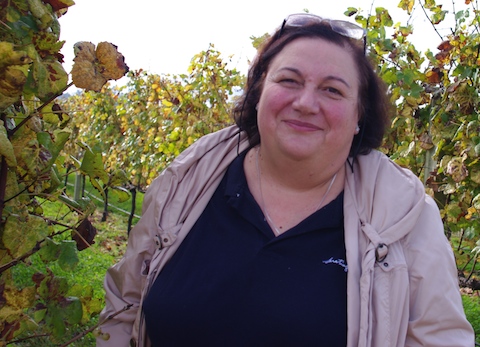
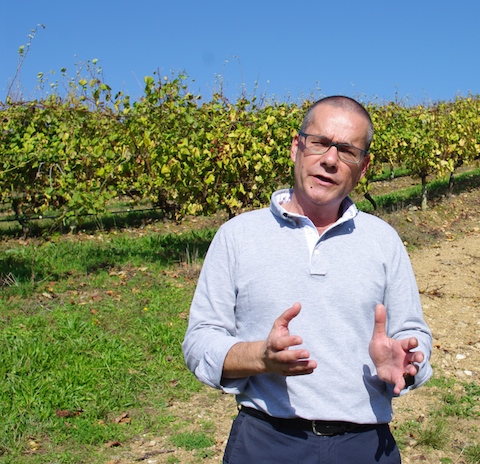
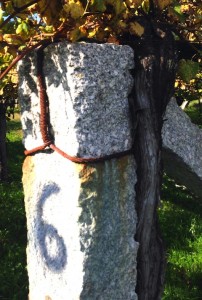
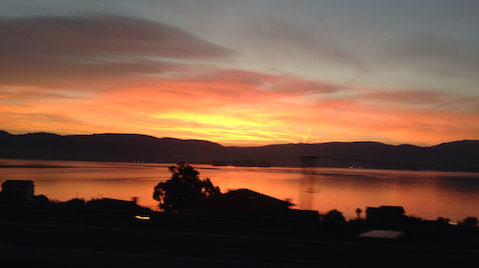
I LOVE Albarino!!! Just happen to have a btl of the Fifinanes in my fridge right now! And Authentic are bringing another one in soon, called La Marimorena, from Rias Biaxas, not sure if it’ll be listed or in private stores but anyone who hasn’t tried an Albarino doesn’t know what they are missing.
Hey PK, we need to seriously plot to get more in here. SAQ has way more than their share ;-) TP